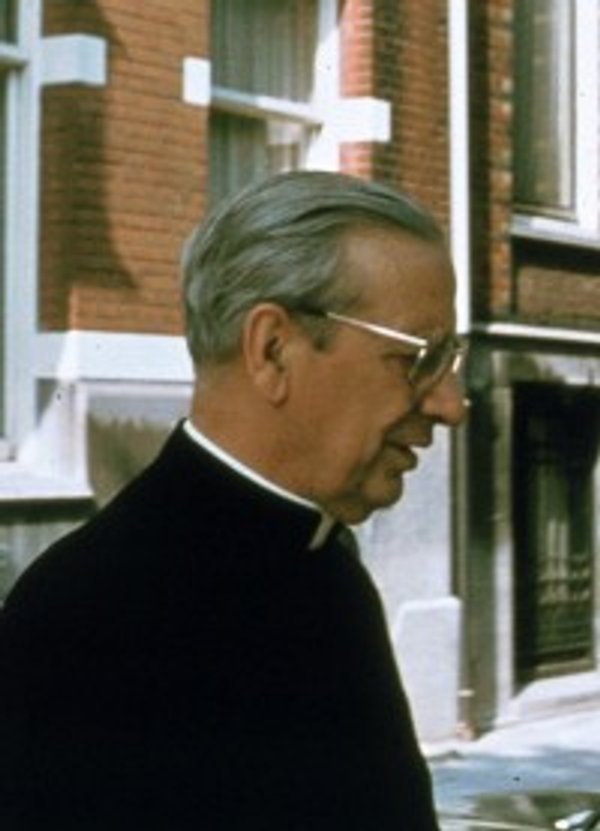Servant of God Alvaro del Portillo was declared “Venerable” last June 27 by the Sacred Congregation for the Causes of Saints in Rome.
Filipinos remember him as someone who helped poor young people by setting up the Center for Industrial Technology and Enterprise (CITE) in San Jose, Cebu, so that they could train in technical professions. Bishop Alvaro had proposed initiatives to help the poor when he visited the Philippines in 1987.
He sent Dott. Umberto Farri ofIstituto per la Cooperazione Universitaria and Luigi Maggi of Associazione Centro Elis, two Italian NGOs, in December 1987 to accompany an Italian delegation to check on the possibility of putting up a technical school in Cebu.
The school was opened in 1990 and was formally inaugurated on Feb. 23, 1992 by President Corazon Aquino. Since graduating its first batch in 1994, CITE now has a total of 2,907 graduates. The present school population is 1,055.
Opus Dei in Manila
In 1964, the apostolate of Opus Dei started in a small house on C. Ayala Street in Singalong close to some colleges where some of the first members of Opus Dei were studying.
Bernardo Villegas and Jess Estanislao were joined in late 1964 by two priests from Spain: Fr. José Morales and Fr. Javier de Pedro, and a young engineer, Manila-born José Rivera.
By April 1965, the apostolic activities moved to a bigger house in Malate where the Maynilad Study Center became a venue for education and training of both university students and professional men.
Women’s center
In October 1965, three Spanish women—Sole Usechi, Lali Sastre and Maria Teresa Baron—arrived to start the work of Opus Dei with women.
I remember Lali telling me that Msgr. Josemaria Escriva had sent her to Manila from Madrid. Through the help of Luisa Lorenzo, whom they met in Madrid, a modest house was acquired on Leon Guinto Street.
Rina Villegas was the first Filipina student to join Opus Dei that December. When the Mayana School of Home and Fine Arts for women was established in 1966, the apostolic activities with married women and house helpers began.
Tanglaw Residence for female students was established in 1967. It became the Tahilan Center where recollections are held on the third Tuesday of the month.
Fr. Joseph Musquiz

The book on Servant of God Fr. Joseph Musquiz titled “Putting Down Roots” inspired me to be more faithful as a co-operator. Written by John Coverdale, a member of Opus Dei who knew the priest personally, the book tells of how Fr. Jose Luis Musquiz went to Chicago in 1949 from Madrid without any money.
Escriva did not have any money to give him, so he gave Musquiz an icon of the Virgin Mary believed to have been painted by St. Luke. It hung in the center in Burgos during the Spanish Civil War.
How Father Joseph was able to build student residences and centers at that time can only be credited to Divine Providence.
Baptized Jose Luis, but affectionately called Fr. Joseph in the United States, the priest was able to raise the number of members and co-operators of Opus Dei, starting in Chicago. By the time he passed away of heart failure in June 1983, the growth of the Opus Dei among young people and married people had reached to thousands.
The cause of the canonization of the holy priest was launched in Boston. The book is available at Sinagtala (Tel. 897-1161).
